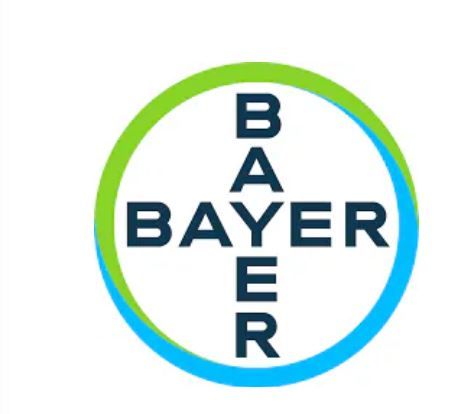Finerenone Phase 3 Data Show Benefit in HFpEF, Promise for New Indication
Finerenone treatment achieved a statistically significant reduction in a composite endpoint of CV death and HF events in a population not limited to CKD in T2D, Bayer announced.
In the phase 3 FINEARTS-HF clinical trial, finerenone (Kerendia; Bayer), met its primary endpoint, a statistically significant reduction in a composite endpoint of cardiovascular (CV) death and heart failure (HF) events, setting the stage for investigational new use in adults with HF with left ventricular ejection fraction of 40% or greater, according to a news release from Bayer.
Image courtesy of Bayer

The results represent the first time a nonsteroidal, selective mineralocorticoid receptor antagonist (MRA) has met a primary CV endpoint in a late-stage study in individuals with HF with mildly reduced or preserved ejection fraction, the company said.
“Bayer is determined to drive research and innovations that have the potential to become treatment options for diseases with high unmet medical need, including for patients with mildly reduced or preserved ejection fraction,” Christian Rommel, head of research and development at Bayer’s pharmaceutical division, said in the company announcement.
The selective nonsteroidal selective MRA, approved in 2021 as a first-in-class treatment to reduce progression of chronic kidney disease (CKD) associated with type 2 diabetes (T2D), was granted a label expansion by the FDA based on the phase 3 FIGARO-DKD clinical trial data that established a CV benefit for finerenone, including reduction in HF hospitalization, CV death and nonfatal myocardial infarction in the same population. The topline data from FINEHEARTS-HF are based on a study population not limited to CKD in T2D, Bayer said.
FINEARTS-HF is integral to Bayer’s MOONRAKER clinical trial program, which the company projects will enroll more than 15 000 participants, making it one of the largest explorations of HF and one designed to build a wide-ranging understanding of the effect of finerenone across a broad population and also types of clinical settings.
The 6000 participants enrolled in FINEARTS-HF were diagnosed with New York Heart Association class 2-4 (symptomatic) HF with LVEF of 40% or more measured within the last 12 months. Prior to random treatment assignment to placebo or finerenone once daily for up to 42 months, inclusion criteria required participants to have been treated with a diuretic for at least 30 days. The primary outcome of the randomized, double-blind, placebo-controlled, multicenter, event driven phase 3 study was a composite of CV death and total (first and recurrent) HF events. HF events were defined as hospitalizations for HF or urgent HF visits, according to the news release.
The efficacy of finerenone has been recognized by influential professional societies including the American Diabetes Association and the European Society of Cardiology (ESC). Both recommend the selective MRA to reduce the risk of hospitalization for HF, Bayer noted.
Bayer plans to present full data from FINEARTS-HF at the ESC Congress that will be held August 30 to September 2, in London. The company will also approach the FDA for discussions of the data and submission for regulatory approval.